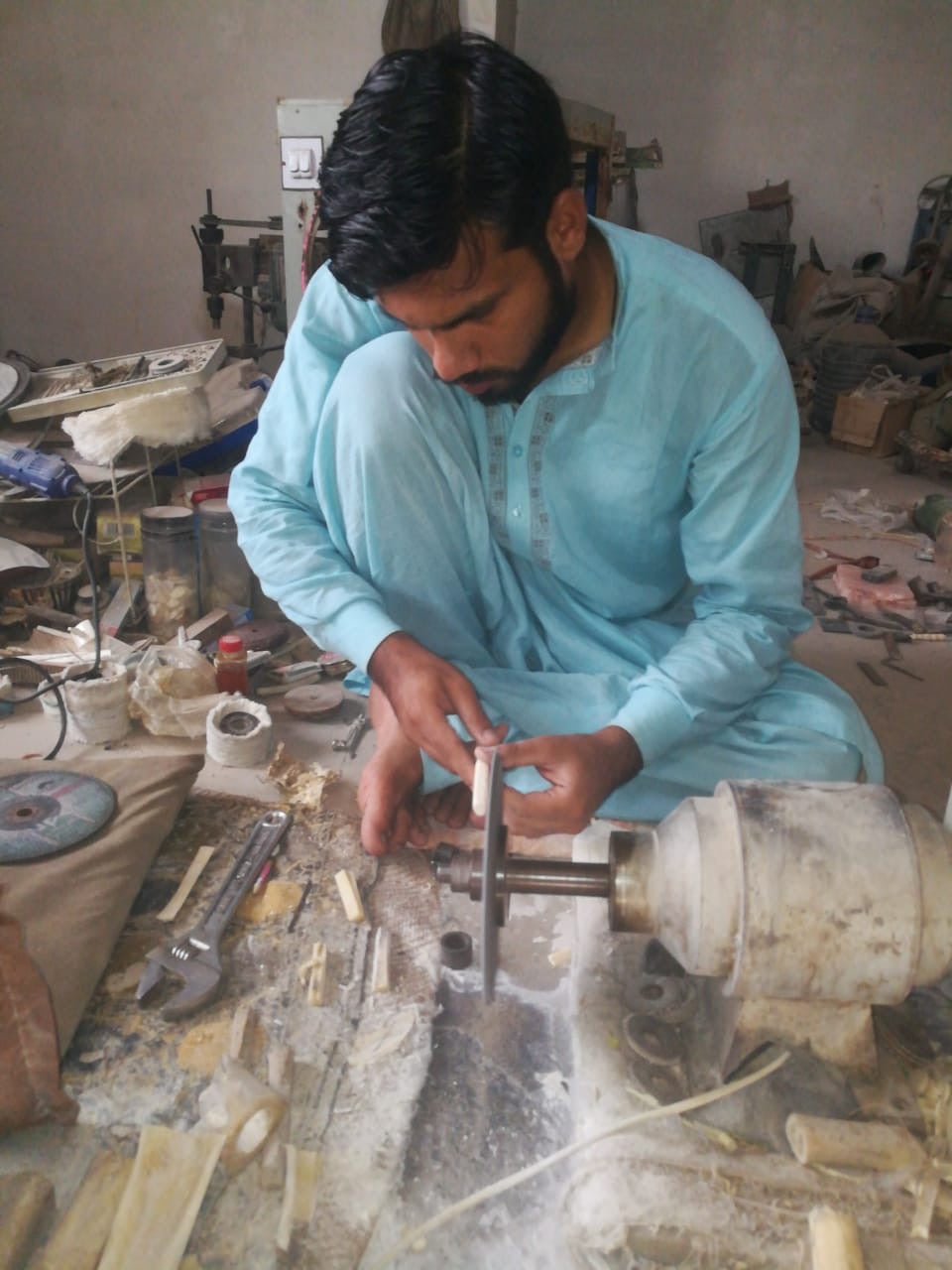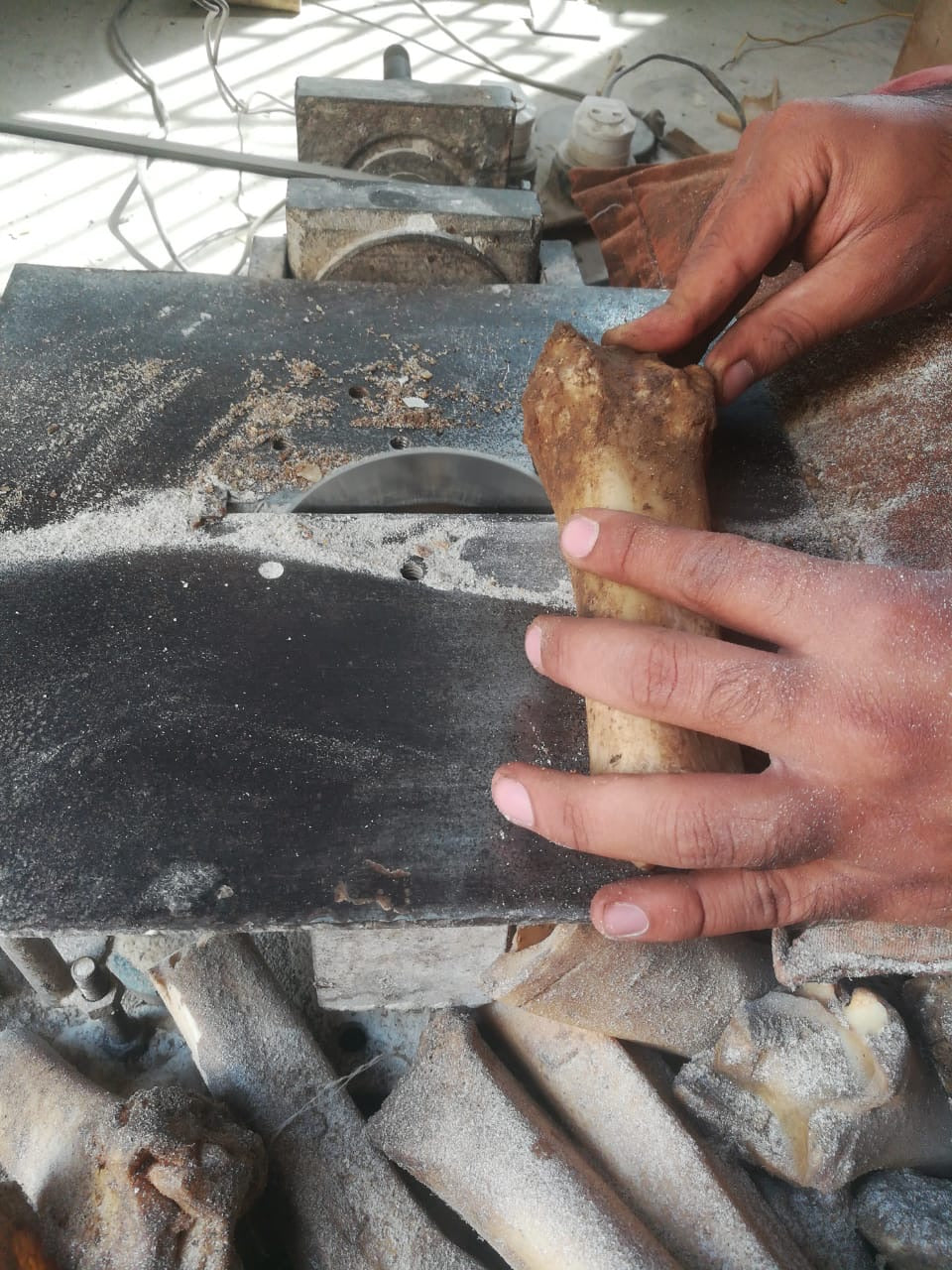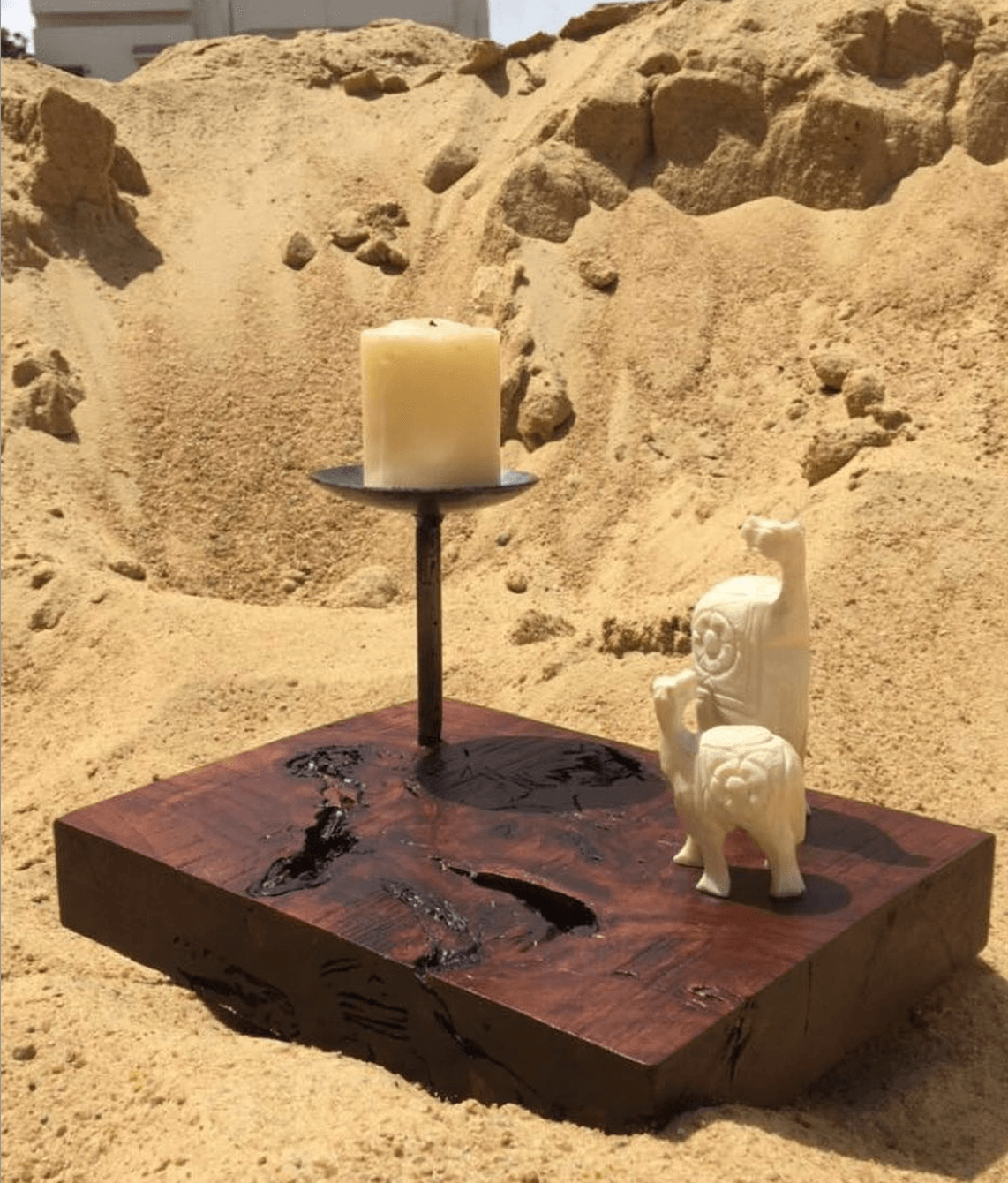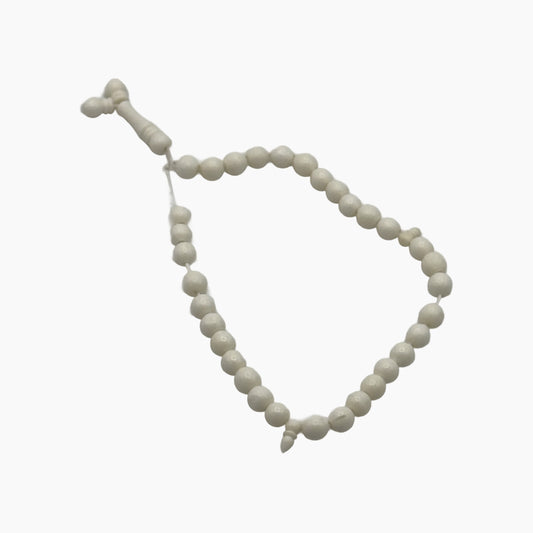Multan, Punjab
Camel Bone
Camel bone craft is a distinctive and highly skilled art form rooted in the cultural traditions of Pakistan, particularly in the regions of Sindh and Punjab. Artisans use camel bone, a material valued for its smooth, ivory-like texture and natural resilience, to create intricate works of art. Traditionally sourced from naturally deceased camels, the bone is repurposed into decorative objects, fine jewelry, and intricate inlay designs. What sets camel bone craft apart is the level of detail and precision involved in transforming this raw material into luxurious, handcrafted pieces that merge both age-old techniques and modern innovation. The bone’s delicate appearance, combined with the artisan’s skill, gives each piece a sense of timeless elegance.



Collapsible content
Craftsmanship and Techniques
1. Bone Sourcing and Preparation
Artisans source the bone from naturally deceased camels, giving new life to a material that has been part of desert life for centuries. The bones are cleaned, dried, and polished to bring out their natural sheen, making them ready for crafting.
2. Shaping and Carving
Each piece of camel bone is carefully cut and shaped by hand into fine, delicate objects like jewelry, chess sets, decorative boxes, or handles for knives and mirrors. The artisans use small tools to carve intricate patterns into the bone, creating detailed designs that reflect their mastery over the material.
3. Inlay Work
One of the most celebrated uses of camel bone is in inlay craftsmanship. Artisans skillfully embed pieces of bone into wood, metal, or marble to create stunning geometric patterns, often found on furniture, tabletops, and decorative items. This meticulous work requires a high level of precision, as each fragment of bone is shaped and placed to form a seamless design.
4. Polishing and Finishing
Once shaped and carved, the bone is polished to a smooth, glossy finish, highlighting its natural beauty and giving the final product a rich, luxurious appearance. Some items are stained or dyed to enhance the contrast in the designs, while others are left in their natural ivory hue, admired for their timeless elegance.
Cultural and Historical Significance
Camel bone craft is deeply connected to the cultural history of desert regions in Pakistan. Camels have long been integral to daily life in these areas, serving as transportation and providing essential materials. The use of camel bone as a crafting material pays homage to the animal's importance, transforming what is often seen as waste into objects of beauty and utility. Traditionally, camel bone was used to create luxurious gifts and heirloom pieces, often passed down through generations.
Modern Relevance
Today, camel bone craftsmanship is experiencing a revival, with contemporary artisans creating both traditional and modern pieces that appeal to a global market. From jewelry and accessories to decorative home items, camel bone products offer a sustainable and artistic alternative to synthetic materials. Their intricate detailing and natural appeal make them highly sought after by collectors and those interested in ethically sourced, handcrafted décor. As awareness around sustainable crafts grows, camel bone work continues to hold a special place in both heritage preservation and modern design.
Shop Camel Bone products
-
Camel Bone Tasbih
Regular price Rs. 1,650Regular priceUnit price / per

